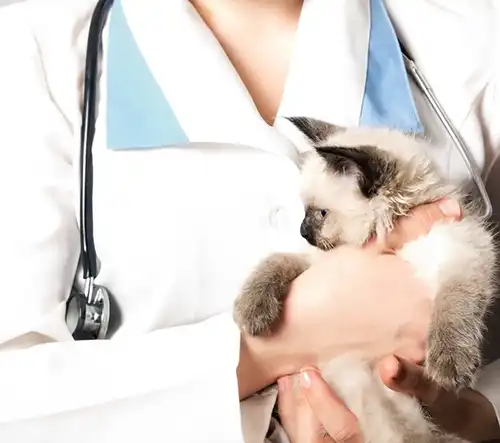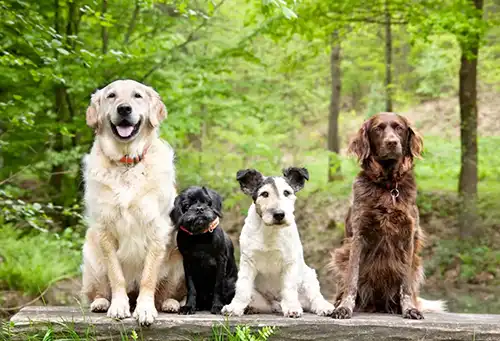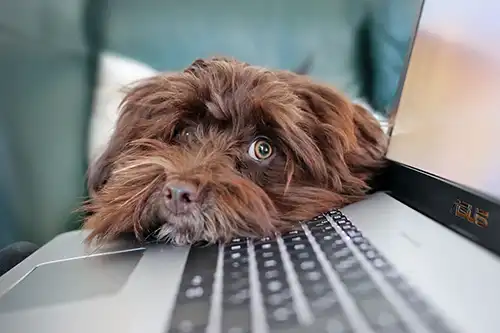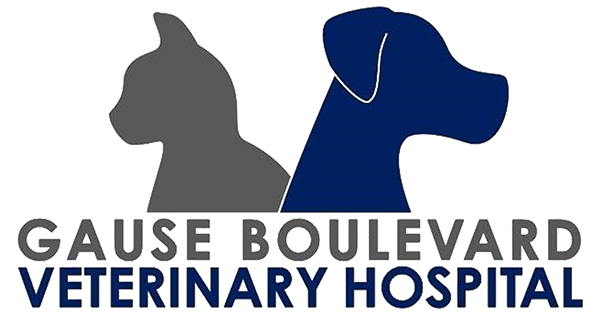Are you planning to adopt a puppy soon? Congratulations! There are few more joyful moments in life than the day you bring your new canine buddy home for the first time. Those early days with little Fido may be a bit of a whirlwind. One of the many things you will find on your agenda? Petproofing. Read on as a local Slidell, LA vet offers advice on puppyproofing.
What Is Puppyproofing For?
Puppyproofing, as the name suggests, is very much like childproofing in many ways. The basic premise is the same: you’ll need to keep anything that you don’t want your little one chewing safely out of the way. Both puppies and children are very curious, and tend to want to investigate things by, well, eating them. This can be very dangerous. Many items are choking and/or strangulation hazards. Others may be toxic or have the potential to cause internal damage
Dogs are very smart, but you can’t exactly hope for success by simply explaining to your pet why eating that shoe or remote control isn’t a good idea. Therefore, you’ll need to do some puppyproofing.
What Should I Address With Puppyproofing?
Many things should be considered unsafe for your pup. That’s a pretty long list, so we can’t possibly cover everything on it. But without further Adieu, here are the most critical things to address:
- Small or Sharp Objects
- Jewelry
- Craft kit pieces
- Small toys
- Beads
- Buttons
- Coins
- Pens, pencils, markers
- Lighters
- Lipstick
- Remote controls
- Batteries
- Fishing tackle
Chemicals
The average household contains as many as INSERT chemicals the vast majority of which are not going to be safe for dogs. Remember, Fido doesn’t have to actually eat chemicals to get sick. He can ingest them just by walking through a treated patch and licking his paws.
Some of the things to address here include cleaning products, drain openers, detergents, paint, paint thinner, paint, WD 40, craft supplies, glue, caulking … the list goes on. Just play it safe and keep any chemical in a secure spot.
Garden Products
You’ll also need to be careful with things you use on your lawn and garden. Fertilizers, pesticides, and fungicides are some of the most dangerous products out there. Slug bait, for instance, is extremely dangerous.
Automotive Products
Anything that you may use on a car is also unsafe. Antifreeze is a particular concern here. It’s deadly to pets, but unfortunately has a taste that many love. Opt for pet-safe brands, and pick up spills right away. You can put sand or kitty litter down on damp spots.
Plants
Plants can give any home a cozy, welcoming feel, but you’ll need to be careful if you have a puppy. Many are toxic to Man’s Best Friend! Sago palms may be the most hazardous.
Here are some of the other dangerous ones:
- Lily
- Oleander
- Azalea
- Amaryllis
- Cyclamen
- Tulips
- Aloe
- Daffodils
- Yew
- Autumn crocus
- Rhododendron
- Dieffenbachia
- Chrysanthemum
- Hyacinth
- Mistletoe
- English ivy
- Holly
- Hydrangea
- Ivy
- Sago palm
- Castor bean
- Widow’s-thrill
- Foxglove
- Jade plant
You can check the ASPCA website here for a full list of safe and unsafe plants.
Plastics
Plastics can be found in literally thousands of products these days. You probably don’t have to worry too much about bigger, sturdy items, but you do need to take care with things like wraps and bags.
Garbage
The trashcan may not seem tempting to us, but for a puppy it can be an intriguing insert. Unfortunately, garbage often contains all sorts of things that are toxic to dogs. Bones, can lids, fat trimmings, wrappers … the list goes on. If your pooch is tall enough to get into the trash, use one with a covered lid.
Ropes And Cords
Anything long or stringy is extremely dangerous to pets. These are not only both choking and strangulation hazards, they can become deadly if ingested. Strings, rope, drape ties, thread, fishing line, ribbon … all of these are unsafe.
Of course, electric wires can also be very dangerous .If possible, try to move wires out of the way. You can treat them with a taste deterrent or try using wire-hiding products.
What Are Some Puppyproofing Tips?
No matter how carefully you puppyproof your place, there is always going to be a bit of room for mischief. Here are a few things you may want to consider.
- Make a habit of picking up anything that is on the floor, or within paws’ reach.
- Think twice before storing things where your pet can get to them. Books, socks, and other everyday items are all fair game.
- We can’t really overstate the importance of monitoring your furry pal. Any time that little Fido is out of your sight and things are suspiciously quiet … your best bet is going to be to go check.
- Get down on your hands and knees and look around from your pet’s point of view. You may be surprised at how many things you notice from that angle!
Don’t Skip Petucation
Training should start pretty much right away. It’s never too soon to start teaching your furry pal what is and is not okay to chew. We’ll cover more on dog training in other posts, but we can’t overstate the importance of giving your pooch a good petucation.
Generally, the most important commands are Sit, Stay, Heel, Come, and Lay Down. Drop It and Leave It are also very helpful. In fact, making sure that your pet will listen when you tell him not to chew or play with something could save his life!
Ask your Slidell, LA vet for training tips for your canine companion.
Puppyproofing Hack: Keep Fido Occupied
You can’t blame Man’s Best Friend for getting into mischief if he has nothing better to do. You’ll also need to provide some things that are okay to chew on. You’ll want to ask your vet for advice on this, as it may vary a bit from pup to pup and will also change as your pet gets older.
Here are some good options:
- Bully sticks
- Himalayan chews
- Antlers
- Collagen chews
- Hooves
- Balls
- Kong’s
- Nylon bones
- Rubber Chew toys
You may also see things like rawhide, pigs’ ears, and raw bones listed as options. As you may know, some of these can pose risks to certain dogs, particularly heavy chewers. Ask your vet for specific advice on these. Also, no matter what type of products you get Fido, be sure to replace them regularly so your cute pet doesn’t get bored. Also, never leave your dog unattended, especially with a chew.
What Other Things Should I Keep In Mind?
While we’ve addressed the major points here, we also need to point out that there is still a lot of room for mischief based on your canine buddy’s disposition. One pooch may try to eat at a coffee table. Another may go for books or coasters, while a third might be more interested in the bathroom garbage.
Finally, don’t assume that you can stop puppyproofing once your pet reaches his full size. Adult dogs—and even seniors—still get into mischief. Better safe than sorry!
Make An Appointment At Our Slidell, LA Animal Clinic!
Do you have questions about puppyproofing? Have you recently adopted a puppy? Please do not hesitate to contact us for all of your pup’s veterinary care needs. As your local Slidell, LA pet clinic, we are here to help!






!Social Media Icons